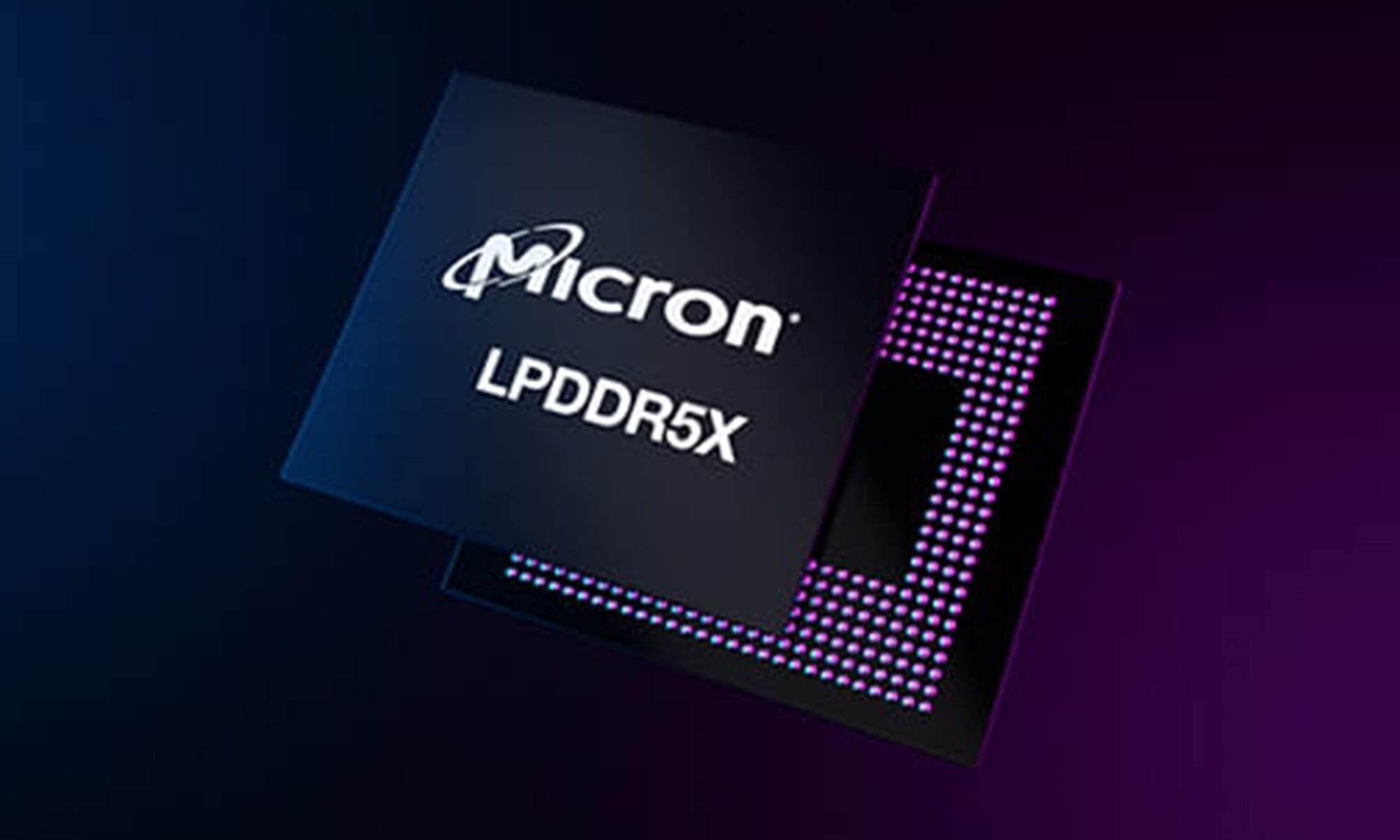The market for computer memory products is booming, something that has helped to fuel memory maker Micron's (MU 2.62%) surge in both revenue and profitability. For context, Micron made $20.3 billion in revenue during fiscal 2017, up 64% from the levels it saw during fiscal 2016. Its gross profit margin more than doubled from 20.2% to 41.5%, and its operating income jumped to $5.87 billion from just $168 million (no, that's not a typo).
It's a good time to be a memory maker, that's for sure.
One of the key demand drivers for Micron's DRAM and NAND flash technologies, which are used as system memory and as storage, respectively, has been the continued growth in memory content in smartphones.

Image source: Micron.
For some perspective, Apple's top-of-the-line iPhone in 2014, the iPhone 6 Plus, had just 1 GB of DRAM and came in storage configurations of 16 GB, 64 GB, and 128 GB. Today, Apple's flagship iPhone X incorporates 3 GB of DRAM and comes in 64 GB and 256 GB storage configurations.
According to Micron, the growth in smartphone DRAM and NAND flash is far from over. Let's go over what the company had to say about this during its recent analyst day presentation.
Content growth through 2021
Micron says that during calendar year 2017, the average smartphone contained 2.7 GB of DRAM and 43 GB of NAND flash storage. Over the next four years, though, the company is betting that these numbers grow substantially.
By calendar year 2021, Micron thinks that the average smartphone will have 4.8GB of DRAM content with flagship phones packing as much as 12GB. The company also estimates that the average phone will have 142 GB of NAND flash storage by then, with flagship devices coming with a whopping 1 terabyte (that's 1,000 gigabytes) of flash storage.
Micron's numbers are believable. The company thinks that smartphones will take increasingly high-resolution images and videos, which will balloon image size requirements (I'd also add that higher frame-rate videos will dramatically increase video sizes, as well). Additionally, emerging applications like augmented reality, "advanced user authentication" (e.g., facial recognition), and "on-device [artificial intelligence] engines [and] applications" will all drive memory content growth.
Given the historical trends we've seen in the smartphone market, I'd say Micron's right on the money.
Great market, but what's Micron doing to win?
Micron has made a compelling case for why overall smartphone industry trends will favor its business, but it's also important to see a convincing case that Micron will be able to fully capitalize on the opportunities ahead of it.
Smartphones benefit from components that are as small and as power-efficient as possible, since such devices are fundamentally power and space constrained. Micron claims that it has the "industry's smallest 512Gb TLC 3D NAND die" and that its LPDDR4X memory is the lowest power in the industry.
There's no way for the public to easily verify this information, so we'll have to take Micron at its word. If true, these are good accomplishments that could help it sustain or even improve its market share position while maintaining robust margins.
Micron also says that it's "engaged" with each of the top 10 smartphone makers and even has a "[No.] 1 quality ranking at multiple customers." The company also claims that it enjoys "deep engagement across all mobile chipset vendors" -- something that's important because in a smartphone, the applications processor and the memory are very tightly coupled.
The company's execution in the mobile memory market looks good to me.
Investor takeaway
Ultimately, Micron thinks that its total opportunity in mobile memory will grow from around $45 billion in calendar 2017 to $54 billion in calendar year 2021. As long as the company continues to execute well, I see no reason that Micron can't, at the very least, grow its revenue alongside the market. If it does an exceptionally good job, it could even gain market share, which could amplify whatever growth the market itself experiences.






